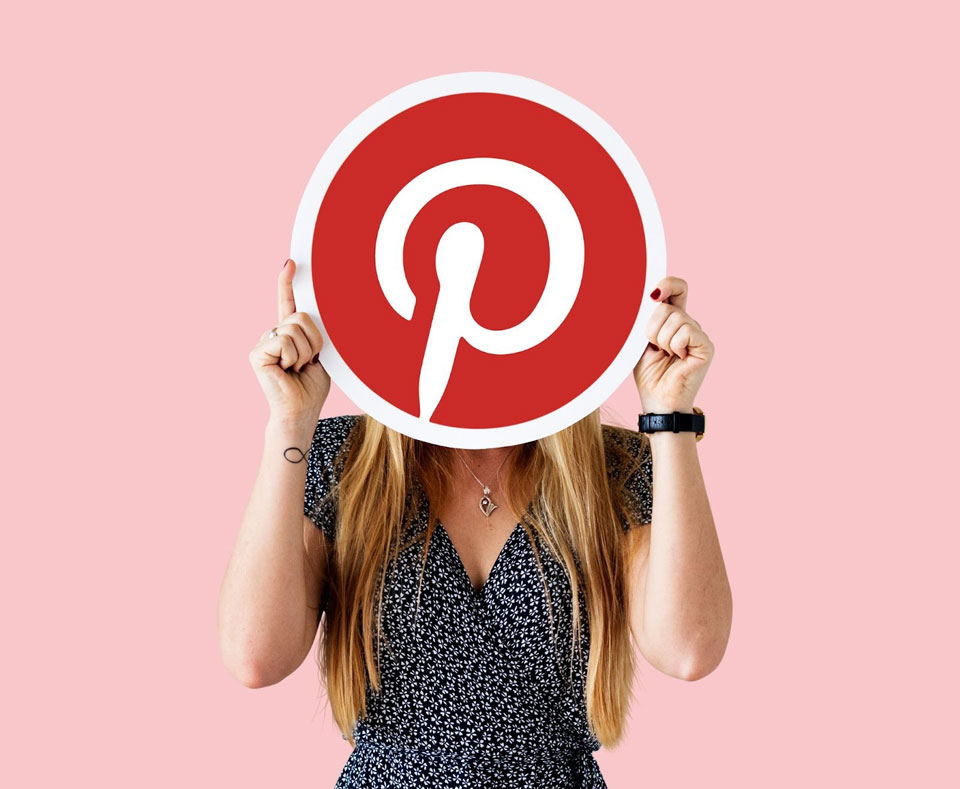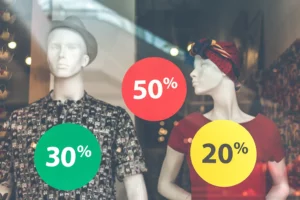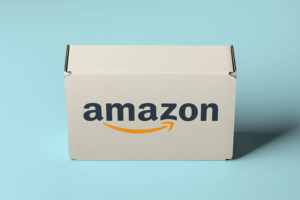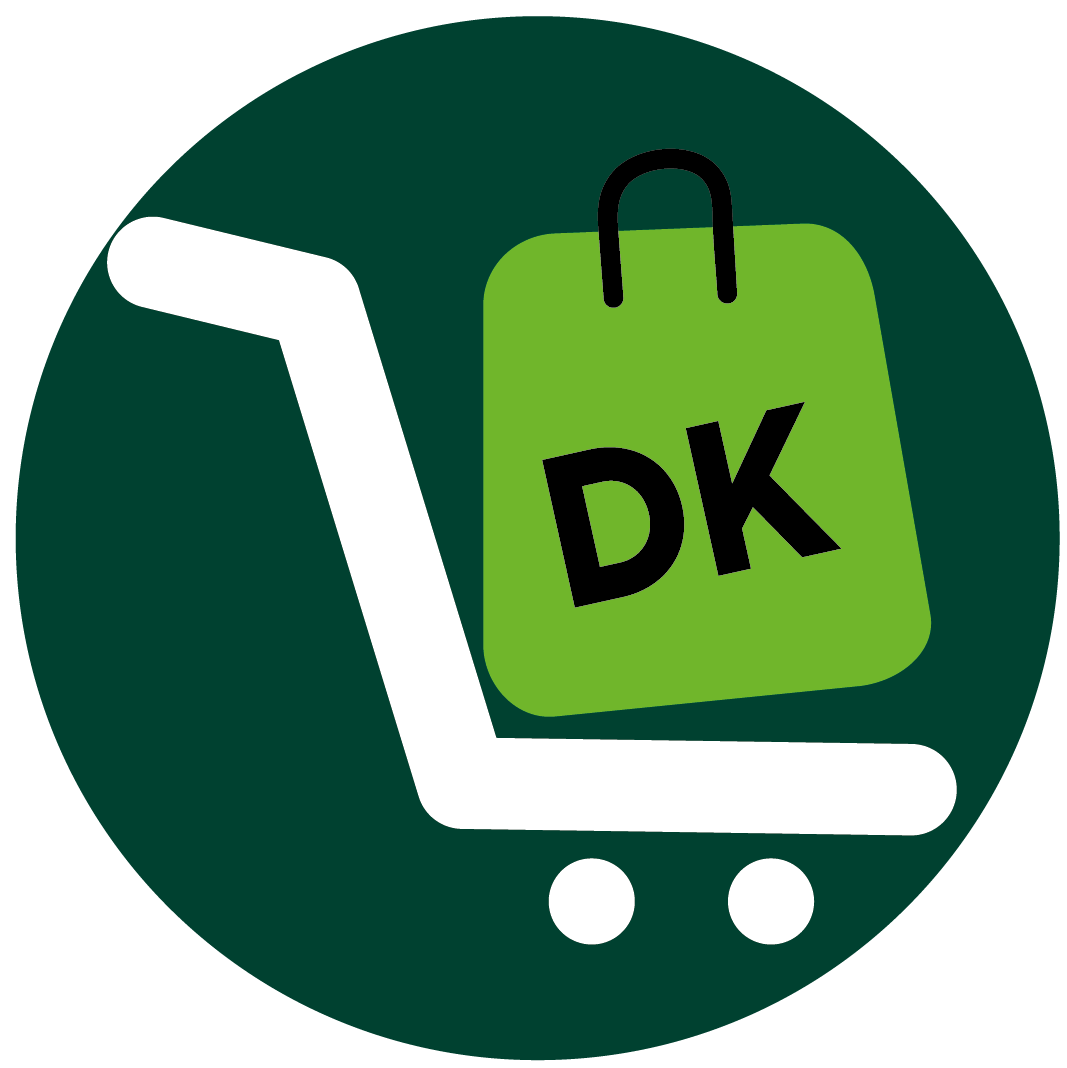Introduction
Pinterest stands out as a powerhouse among social media platforms, boasting a staggering 400 million active monthly users and rapid growth. Its efficacy as a marketing channel, particularly for ecommerce entities and online retailers, is undeniable.
Unlike its counterparts that prioritize photo and video content, Pinterest revolves around visual discovery. Users flock to Pinterest seeking inspiration, solutions, and organization for their aspirations, making it an ideal platform to engage potential customers during their research and decision-making process.
To elevate your Pinterest marketing strategy and witness an uptick in clicks and sales, it’s imperative to delve into each tip provided and promptly implement them into your approach.
SUMMARY
1. Take Advantage of AI
2. Optimize Your Pinterest Profile and Boards for SEO
3. Repurpose Content & Embed Pinterest Boards
4. Appeal to Emotions and Aspirations
5. Analyze Top Performing Pins and Highlight in Email Newsletters
6. Target Competitor’s Fans and Collaborate With Non-Competing Brands
7. Run Pinterest Shopping Ads
Recap
1. Take Advantage of AI
To harness Pinterest marketing, employ AI. Are you ready to take your Pinterest game to the next level? If you’re an online store owner or ecommerce marketer, you know the power of having a strong presence on visual platforms like Pinterest. With over 400 million active yearly users, Pinterest isn’t just another social media site – it’s a goldmine waiting for you to tap.
But here’s the thing: keeping up with Pinterest can be a real challenge. Constantly creating eye-catching content and managing a solid marketing strategy can eat up your time and resources faster than you can say “pin it!”
That’s where AI comes in. Yep, artificial intelligence isn’t just for sci-fi movies anymore – it’s here to revolutionize your Pinterest game. With AI on your side, you can boost your brand’s visibility, engagement, and sales without breaking a sweat.
Think about it: AI can help you churn out stunning visuals, create killer video ads, craft compelling descriptions, analyze what’s working (and what’s not), and even supercharge your ad campaigns – all with just a few clicks.
And here’s the kicker: while you’re manually tinkering away, your competitors could be zooming past you with AI-powered strategies, leaving you in the dust.
Don’t let that happen. Embrace the power of AI and unlock the full potential of Pinterest.
>>>MORE – How to Use Pinterest for Business
2. Optimize Your Pinterest Profile and Boards for SEO
To make sure your Pinterest profile and boards are easily discoverable, you’ve got to optimize them for search engines (SEO). This means using relevant keywords in your profile name, bio, board names, and descriptions.
Organize your boards around topics your customers care about, and keep them updated as you create more content. When you do this, you increase your chances of showing up when people search on Pinterest, putting your products and brand in front of potential buyers.
3. Repurpose Content & Embed Pinterest Boards
To utilize Pinterest marketing, repurpose content and embed boards. Here’s the scoop: Take your viral content from Instagram, Facebook, or TikTok and give it new life on Pinterest. Repurpose those gems into catchy quote graphics or captivating still image pins to keep your Pinterest audience engaged.
Embed your Pinterest boards right onto your website to give visitors a taste of your Pinterest world without leaving your site. Whether it’s product categories, fashion looks, or blog content, embedding boards keeps visitors hooked and coming back for more.
And don’t forget to sprinkle Pinterest sharing buttons across your site to make it easy for visitors to spread the love. Repurpose, embed, and watch your Pinterest presence skyrocket!
>>>PRO TIPS – Online Store on Pinterest: How to Get More Followers
4. Appeal to Emotions and Aspirations
To leverage Pinterest marketing, trigger emotions! When you’re on Pinterest, it’s not just about what’s happening right now; it’s about getting inspired and planning for the experiences you crave. That’s why when you’re crafting marketing content for this platform, it’s important to tap into the emotions and aspirations of your audience.
Take, for instance, accounting software. Instead of bombarding users with tax documents, think about showcasing aspirational travel photos that symbolize how they might spend their tax refunds. For a handbag brand, it’s not just about highlighting product features; it’s about promoting concepts like self-care and indulgence.
By incorporating these emotional triggers into your content, you not only stand out in crowded feeds but also encourage users to save and revisit your content for future inspiration.
5. Analyze Top Performing Pins and Highlight in Email Newsletters
To enhance your Pinterest marketing strategy, utilize third-party analytics tools like Tailwind for deeper insights into your pin performance, influential pinners, and trending keywords. Analyze data to identify top-performing content, influential sharers, and trending topics. Replicate successful content and expand its reach across related boards.
Integrate your top Pinterest highlights into email newsletters to engage subscribers further. Include eye-catching pins or links to full boards, showcasing new arrivals, back in stock alerts, seasonal guides, and behind-the-scenes content. Add “Pin-It” buttons for easy saving to Pinterest, extending engagement and fostering brand loyalty across platforms.
>>>GET SMARTER – How to Make Passive Income Online
6. Target Competitor’s Fans and Collaborate With Non-Competing Brands
To capitalize on Pinterest marketing, go for other brand’s fans and collaborate with the non-competing ones. Want to speed up your customer acquisition game? One smart move is to go straight for the fans of your competitors and team up with brands that aren’t your direct rivals.
Those top Pinterest followers of your competitors? They’re likely your dream customers already cozying up with similar brands in your field.
First off, take a peek at what your competitors are up to on Pinterest. Check out their most popular pins and see who’s spreading the love. Reach out to these power pinners through Pinterest messages or whatever contact info you can find. Invite them to check out your profile and share your stuff if they dig it.
By tapping into your competitors’ fan bases, you’re saving loads of time and sweat trying to build your own following on Pinterest. Plus, those die-hard fans might just become loyal pinners for your brand if you show them what you’ve got – your unique selling point.
And don’t stop there! Think about teaming up with brands that complement what you’re offering. Say you run a clothing store. Why not join forces with an accessories brand selling stuff your customers love, like hats, bags, and shoes?
These partnerships let you reach new groups of potential customers while adding some street cred by hanging out with established brands in your field.
The best part? Cross-promotion partnerships don’t have to break the bank. It’s all about getting creative with your campaigns and being open to teamwork.
7. Run Pinterest Shopping Ads
To put Pinterest marketing into action, run ads. Once you’ve established a solid foundation by driving organic traffic, you can accelerate your growth with Pinterest’s targeted paid ads platform. Unlike many social ads that focus on reach and engagement, promoted pins are designed to optimize for on-site conversions.
To make the most of Pinterest ads, follow these best practices: carefully select your audience, create visually appealing creatives, include clear calls-to-action, and tailor your landing pages to your conversion goals, whether it’s gathering email sign-ups or encouraging purchases.
Consider allocating a test budget to explore Pinterest’s paid advertising opportunities for your online store. It has the potential to yield the highest ROI across all your digital channels.
Recap
Pinterest is a powerful platform for ecommerce, with over 400 million active monthly users. It’s visually driven and ideal for engaging potential customers during their research and decision-making process. Use artificial intelligence to enhance your Pinterest strategy, from creating visuals to analyzing performance. Use relevant keywords to make your profile and boards easily discoverable. Give new life to your content from other platforms on Pinterest and embed boards on your website for increased engagement.
Tap into the emotions and aspirations of your audience to stand out and encourage saving and revisiting of your content. Use analytics tools to identify top-performing content and integrate it into email newsletters to engage subscribers further. Reach out to competitors’ followers and collaborate with complementary brands to expand your reach. Utilize Pinterest’s targeted paid ads platform to accelerate growth and optimize for on-site conversions.














